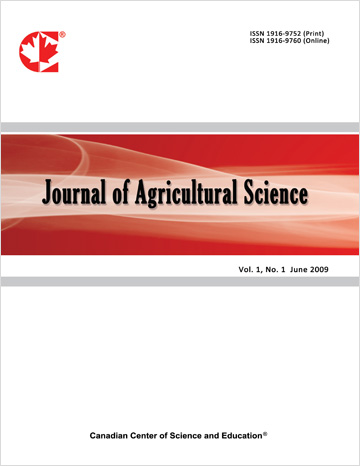Rekal Remineralizer as an Alternative to Potassium Fertilization in Soybean Cultivation
- Eliana Paula Fernandes Brasil
- Wilson Mozena Leandro
- Charlismila Amorim do Couto
- Thiago Augusto Sampaio Teles
- Adriana Rodolfo da Costa
- João Paulo Vilela Castro
- Isadora de Lima Araújo
- Célio Gomes de Aguiar Junior
Abstract
The agricultural sector seeks regional solutions to reduce environmental impact and to develop practices that consider the assumptions of the circular bioeconomy, in addition, to meeting the objectives set out in the 2030 agenda of the United Nations. In this context, Brazil leads research with soil remineralizers to contribute to regenerative agriculture and to have greater sovereignty in the use of natural inputs. This study aimed to evaluate the efficiency of the remineralizer of Rekal soils in soybean commercial areas in the State of Goiás, verifying the availability and mobility of potassium in soils compared to using soluble source (KCl). The methodology adopted was the application of doses of a Rekal remineralizer in four commercial areas in the municipalities of Santa Rita do Novo Destino/GO, Mimoso de Goiás/GO, and Niquelândia/GO, in rainfed and irrigated systems. The experimental design was the same for all experimental fields, randomized blocks made with four experimental treatments and four replications. The treatments were constituted of the farm standard using KCl (potassium chloride), as the only supplier of K2O demand, and three different doses of a Rekal remineralizer of soils. The parameters evaluated were the determination of the residual potassium content in the soil at three depths (0 to 10 cm, 0 to 20 cm, and 20 to 40 cm); determination of potassium leaf concentrations; determination of potassium concentrations in the grains; yield and weight of one thousand grains (PMG). The remineralizer of Rekal soils did not show significant differences, compared to the use of KCl (potassium chloride), in the variables of potassium content (soil, leaf, and grain) productivity and PMG in different productive environments in a commercial study of soybean cultivation in the Cerrado Goiano.
- Full Text:
 PDF
PDF
- DOI:10.5539/jas.v17n2p60
Journal Metrics
- h-index: 67
- i10-index: 839
- WJCI (2023): 0.884
- WJCI Impact Factor (2023): 0.196
Index
- AGRICOLA
- AGRIS
- BASE (Bielefeld Academic Search Engine)
- Berkeley Library
- CAB Abstracts
- ChronosHub
- CiteSeerx
- CNKI Scholar
- Copyright Clearance Center
- CrossRef
- DESY Publication Database
- DTU Library
- e-Library
- EBSCOhost
- EconPapers
- Elektronische Zeitschriftenbibliothek (EZB)
- EuroPub Database
- Excellence in Research for Australia (ERA)
- Google Scholar
- Harvard Library
- IDEAS
- iDiscover
- Jisc Library Hub Discover
- JournalTOCs
- KindCongress
- LIVIVO (ZB MED)
- LOCKSS
- Max Planck Institutes
- Mendeley
- MIAR
- Mir@bel
- NLM Catalog PubMed
- Norwegian Centre for Research Data (NSD)
- Open J-Gate
- OUCI
- PKP Open Archives Harvester
- Polska Bibliografia Naukowa
- Qualis/CAPES
- RefSeek
- RePEc
- ROAD
- ScienceOpen
- Scilit
- SCiNiTO
- Semantic Scholar
- SHERPA/RoMEO
- Southwest-German Union Catalogue
- Standard Periodical Directory
- Stanford Libraries
- SUDOC
- Swisscovery
- Technische Informationsbibliothek (TIB)
- Trove
- UCR Library
- Ulrich's
- UniCat
- Universe Digital Library
- WorldCat
- WRLC Catalog
- Zeitschriften Daten Bank (ZDB)
Contact
- Anne BrownEditorial Assistant
- jas@ccsenet.org
